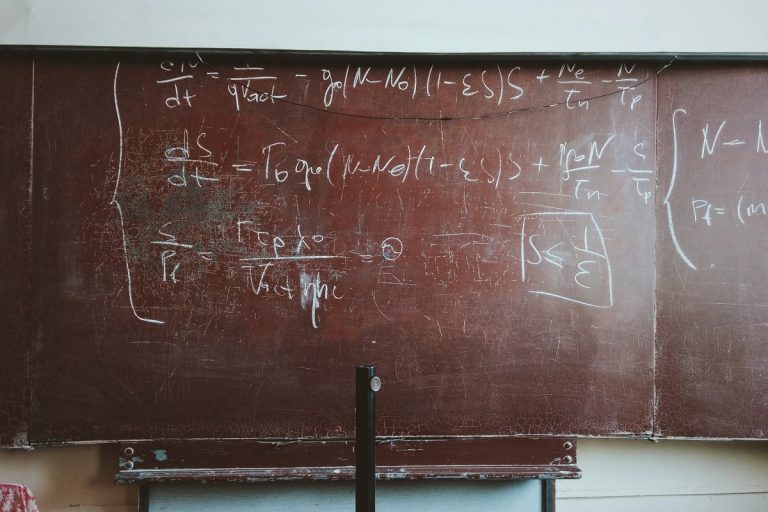Understanding the idea and practice of religion

[responsivevoice_button voice=”US English Female” buttontext=”Read out this Theel for me”]
“…..( Religion) belongs to the group to unite it.”
Emile Durkheim
From time immemorial, philosophers, thinkers, historians, and the general public has been puzzled by the question of religion. It is a source of great mystic and great myths. For some, it is actually ordained by divine sources; for others, it is a social construct that serves as the “opium of the masses.” However, social scientists have undertaken painstaking empirical research and identified certain defining characteristics that are applicable to any tradition termed as ‘religion.’ Surprisingly, it is possible to find religions that do not profess anything regarding this otherworldly power termed ‘god’ (notably early Buddhism – now called Hinayana). However, certain constant features do seem to exist amongst all cults we deem as religion.
The Sacred and the Profane
Religion operates on the fine line drawn between the profane– the accessible and worldly and the sacred– the far removed and otherworldly. A number of rites are designed to keep the two far apart and ensure that the holy does not get corrupted. Automatic and spontaneous punishment from divine will is not enough to uphold this distinction. Human intervention is inevitable to prevent this defilement. While general rules sanction the separation of all that is sacred from all that is profane, finer distinctions may also separate the higher forms of ritual purity from relatively lower levels of ritual purity. Any medium that might establish contact between the two realms is also designated with sacred and profane connotations.
Objects rendered sacred are often designated to people at the apex of the social hierarchy. This is a personification that they are nearer to the sacred. So, for instance, during Mahakumbh Mela, the Naga sadhus are first to have a bath in Ganga. Even in general, nothing should occur so as to mix the sacred life with its profane counterpart. All secular activities are suspended during religious ceremonies and vice- versa. Think of all substances termed as “pure” in your religion and the need to keep them away from anything worldly, the not-so-pure, or ‘impure’ stuff.
The Need of the Negative Cult
There are multiple causes for the origin of the negative cult- the rules and regulations made to keep the sacred and profane afar from each other. It maintains the distinction between the sacred and profane by restraining the activities of the individuals. Sacredness commands immediate respect, and for this reason, a good amount of mental energy is designed to keep the sacred on a higher platform. The relationship is characterized by mutual exclusiveness and antagonism. So, the dealings in profane life cannot apply to the cult as well.
The sacred has to be kept away from the profane, but the sacred is also contagious, i.e., it can spill into the profane world. Being so away from the tangible realities of life, they impose not just awe and reverence but a strong moral force that are actually collective forces made of ideals and feelings.
Think of the way you perform your daily routine on normal days and how it changes during festive occasions and acquires a special ritual meaning. Eating, bathing, or feeding someone- all acquire a specific ritual character.
The Need of the Positive Cult
The positive cult is those rites that organize and regulate positive bilateral relationships between the cult and the followers. It establishes a way through which the profane can access the sacred. If the positive cult did not exist, the tradition would start dying.
For the survival of religion, gods need people as much as people need gods. So, there are several initiatives made by the community so that the sacred and profane keep coming in contact, at least occasionally. There are several instances of this fact. They are representations produced by the community and would slip into oblivion if they are not invoked continuously and brought into the consciousness of the communion. Without this process, the Gods would ‘die’ (forgotten by their devotees). They have to be remade and regenerated perpetually. The society also regenerates itself in this process as gods are a symbolic representation of the society. The task of the cult is to recreate a moral being after a certain periodic gap. This moral being is the society itself. Religious ceremonies all over the world set the collective into motion. The groups and individuals come together, getting past their narrow daily struggles. They interact with each other, ties become more intimate, and they rise into a realm of collective consciousness. The rhythm of religious life expresses itself in relation to and emerges from the rhythm of social life. Religious ritualistic activities and ceremonies cannot continue uninterrupted due to the demands of daily social life. It disperses due to the daily needs of social life and reassembles when time permits. Hence the periodicity. Thus, feasts are mostly seasonal. This is true of most Australian tribes and societies in North America.
It is no conversion from one state to another, merely a bridge to connect the two realms of sacred and profane – a form of communication but something that the society actively participates in regenerating and reinventing. Once the faithful have gathered together to ask something from their god, they are compelled to depict it. This is an active creation and not just communication. The meanings of celebrating festival rituals together are quite profound. It is directly linked to the production of the religion that has a profound implication for the well-being of their followers and by this creation, exerting control over their collective lives by acting in unison. A tie of kinship unites them and their totem ( a natural object-plant/animal considered sacred by the community); they feel that they are the same, and it is not odd to replicate them.
The Nature of Faith
It seems that faith has overtaken rationality. It is difficult to digest how so many individuals can believe that such imitation can lead to the reproduction of the totem. The very lack of application of logic highlights the amount of faith that has been invested in. So much so that if they do not engage in the rites faithfully, they can fall in moral disarray. The rites are done not merely to pursue a desired end but their invisible influence upon the consciousness and the apparent state of mind of the individuals. This creates a predisposition that bypasses the need for logical arguments or proof. The cult renews its consciousness through the rites, and it’s not possible for someone to question the significance and logic of the ritual acts without incurring the displeasure of the cult they are a member of. The value of the act is further increased as the rites are performed not in relation to just one fact, but multiple facts. The moral efficacy of the rite is perceived as real and direct and done so often that any random contradictory experience cannot weaken it. The physical efficacy is apparent in the results. The totemic species almost always reproduce naturally. Everything is projected as a result of the rites. No wonder most rites are done in the season of harvest, and it seems that the course of nature is obeying the rites. If the believer resists the significance of rites due to one set of experiences, he or she believes it due to the other set of experiences. Failure is not the norm but the exception and can be easily explained by reference to the inadequate performance of the rites. Magic itself has roots in religion. It was believed that the mysteries of the universe were founded on sacred forces, and holy was supposed to be the keeper of all secrets. No wonder humanity still tries to explain scientific phenomena (like floods) by religious causes (e.g., sins of a community as a whole ). ‘Like produces like’ became a general principle, a more accepted idea in general in any religious society rather than any particular religion. Even the faith in magic is also an example of faith in religion, the product of collective effervescence.









Comment.
I love my work.